Thirty years ago, after staring at a work of art by Martial Westberg, a doctored photo of fifty or sixty men to which he had added beards and mustaches, making them look like himself, I decided to do something about the gender inequality. I began to collect photos of groups of women, finding vintage treasures at yard sales and flea markets. Everywhere, I saw family albums ripped apart and sold: Victorian women, bonnets shielding their faces from the sun; Army WACS in uniform standing at attention; field workers harvesting corn; and flappers toasting one another in elegant cocktail bars.
So, my attraction to the work of Colombian artist Ruby Rumie whose work over the past decade has dealt with groups of women, should come as no surprise. I first saw her art last November in Nohra Haime’s NH Gallery in Cartagena, Colombia and was thrilled to discover that the exhibit, in expanded form as Weaving Streets, has now opened at the Nohra Haime Gallery in New York City. The phrase Weaving Streets comes from Rumie’s grandmother who used it to describe walking the streets of Cartagena.
Ruby Rumie was in town for the opening; providing me with an opportunity to find out how a woman raised in an upper middle class family, where each one of the four children had his/her own nanny, developed a lifelong passion for revealing the beauty and telling the stories with dignity of seemingly ordinary women.
Rumie began by relating Cartagena’s history. In Colonial times, she said, Cartagena was the most important city in Latin America and one of the most important ports for the Caribbean. “Because all of the gold and all of the slave ships went there, we have so many sad stories that we need to hear.”
Although Rumie grew up in one of the new neighborhoods, outside the colonial downtown, her studio is located in Getsemani, an area that was once home to handicraft artists and merchants. Most of the dwellings there were poor and humble, made her grandmother said, of sand not plaster. A quiet child who passed her time in solitude, Rumie marveled at the work of the nannies in her home: observing the rhythm of the laundress, and the talent of the cook, always observing their modest expertise.
Her latest exhibit is an effort to make the natural beauty of these women public, to give them a place in history, and, most of all, to rescue them from their invisibility. About two years ago, Rumie saw Dominga Torres Tehran on the streets of Cartagena. Rumie was immediately struck by Torres’ incredible beauty. Then in her 80s, Torres had been selling fish on the streets of Cartagena for 50 years. “Why hadn’t I seen her before?” Rumie asked herself.
The question stayed with her and she began a one year research project looking for women like Dominga. Her criteria were clear: the women had to be at least 70 years of age, with natural hair, not dyed and not straightened. “The search wasn’t easy because most of these women don’t live in the city. They live in rural areas (Dominga lives on an island and comes in by boat) and they do not have mobile phones. Eventually, she found 50 women for the project.
The challenge, though, was how to represent them, not in the stereotypical garb of street vendors, loud and raucous, in colorful costumes with baskets on their heads, but rather as powerful, content, serious women. Black women who were truly beautiful and dignified with no need for jewelry and makeup. When Ruby asked Dominga if she would remove her head scarf for the portrait, Dominga hesitated and said that “she did not have good hair.” After a while, though, when she was comfortable with Rumie, she took the scarf off, revealing a long, graceful neck.
Rumie decided to use a dark background, one that harmonized with their dark skin. After she photographed them, she gave each one of them their handmade white blouse and skirt and a photograph. “It is their only photograph of themselves, except for the one on their ID card,” Rumie said.
Weaving Streets is comprised of a series of photographs, a video, a poster (of the women’s street vendor routes), and five volumes on Cartagena’s street vendors, three of them unfolding like an accordion. Three books are devoted to the women’s portraits, the fourth to their faces engraved on carefully drawn postage stamps, and the fifth to photographs of amulets, charms, religious objects, and poems (although most of the women were illiterate) that the women sewed or pinned to their underwear. This book also includes a notebook with handwritten numbers on daily sales. On the last page of this book Rumie has photographed the head wrap worn by the street vendors. Called Rodella (Spanish for The Knee) –the wrap rested on their head, just below the bowl that they carried. Rumie hopes that institutions will buy the corpus of five books, ensuring the vendors’ place in history.
Beyond the portraiture, Rumie designed a special foot washing ceremony to honor the women. She chose an old house in the city that had no electricity and selected June 21, 2015, the day of the Solstice because she needed natural light on the longest day of the year. Young women were invited in to wash the feet of the street vendors. Their toe nails were manicured and on one of their toes, she painted a letter, spelling out the words of a favorite poem, Solo Verde - Amarillo Para Faluta, Llave De U by Julio Herrera y Reissig.
In this exhibit, as in several earlier ones, Rumie disrupts social stratification, exploring issues of race, class and gender. In Lugar Comun (Common Place) (2008-2010), a joint project with French-American artist Justine Graham that was shown at the International Biennial of Contemporary Art Foundation of Cartagena de Indias, Rumie photographed (from the front and the back) Latin American housekeepers and their employers. Both sat before the camera dressed, without makeup and without jewelry, in the same white T-shirt. “It was a great experience for both the employers and the nannies, “she said, “and it challenged the stereotype.”
Challenging the expected runs deep in Rumie and it is definitely at the heart of her new exhibit, Weaving Streets. Look at these women, she says to us. They are black, they are old and they are truly beautiful.
Ruby Rumie: Weaving Streets (April 21- June 10, 2017)
Nohra Haime Gallery
730 Fifth Avenue, NY NY 10019 (entrance on 56th Street)
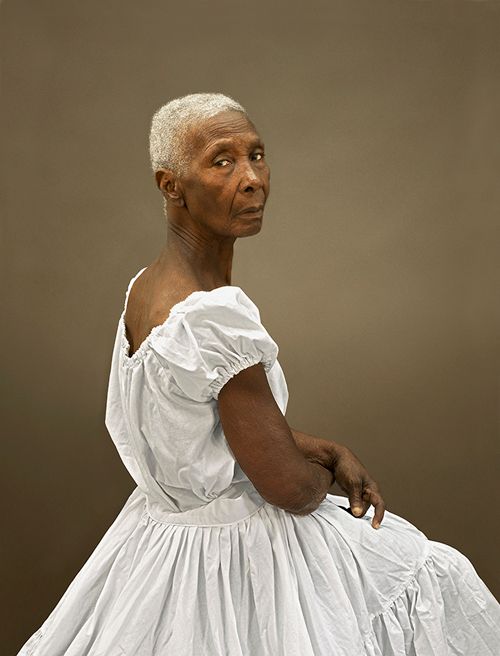
Dominga Torres
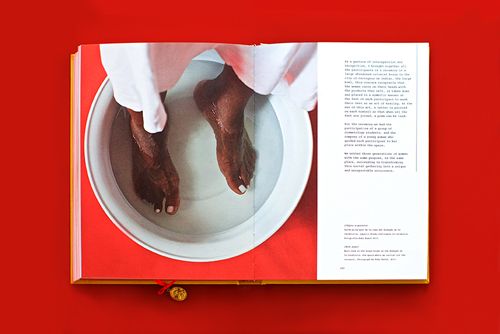
Foot Washing Ceremony
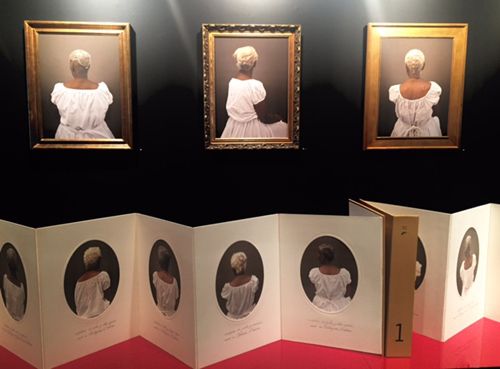
Installation shot, Nohra Haime Gallery NY
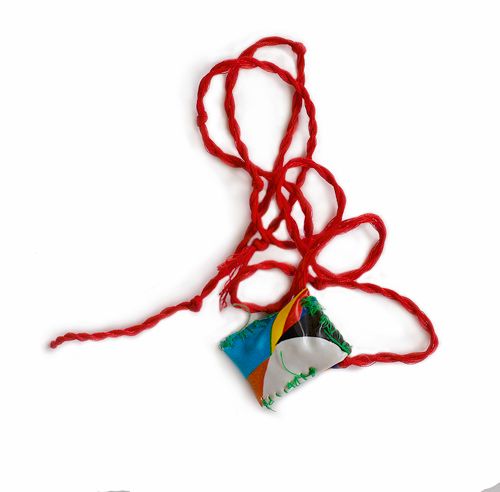
Handmade Amulet
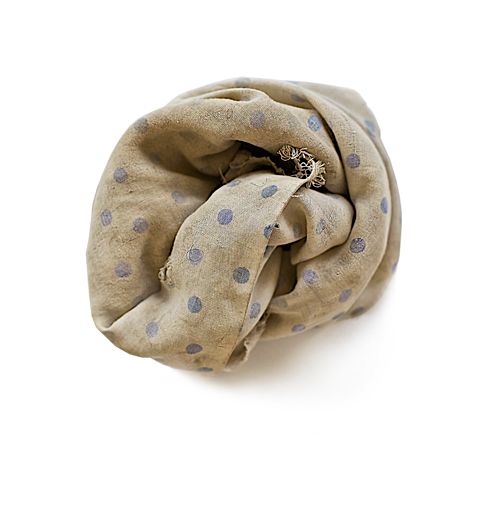
Headwrap (Rodella)
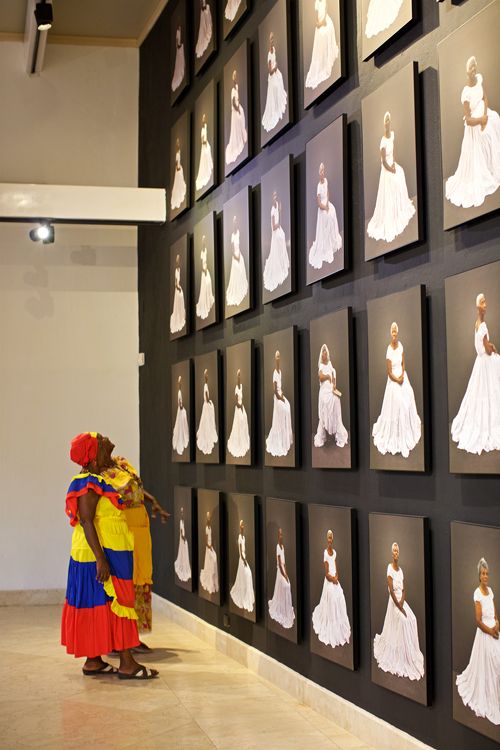
Viewing the exhibit in Cartagena
*�p��